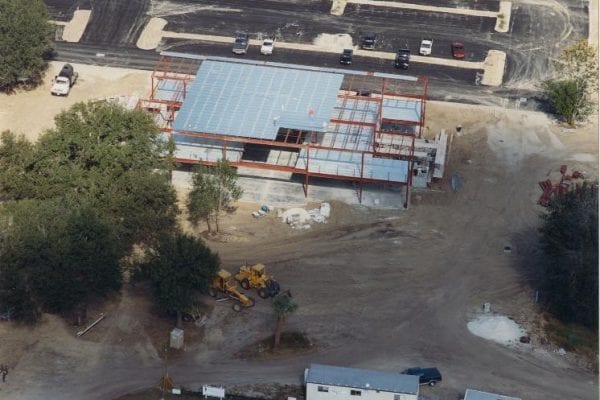The plan and cost review (PCR) can help commercial lenders mitigate their risk on construction loans. The PCR helps to ensure that plans are constructible, that costs are realistic, and that payments to the contractor are scheduled appropriately.
Commercial construction is a complex and risky business. Lenders operating in this space must weigh the value of the completed property against the value of the loan, just as they do in traditional commercial real estate lending. But they also have to weigh an enormous number of additional factors, such as:
- The reputation and reliability of the contractor
- The risk of cost overruns that could impact the loan to value ratio
- The risk of disruptions that could terminate the project before completion
- Unexpected conditions that could arise during construction
- The constructability of the plans as designed
- The reliability of construction cost estimates
Unfortunately, unlike property condition assessments, environmental assessments, and many other services designed to mitigate lender risk, the PCR is not regulated by ASTM or other recognized standards to ensure that the review is done correctly and in a manner that truly protects your interests.
Here’s what you need to know about the plan and cost review to ensure that you get the full benefit of the PCR’s protection.
The 3 C’s of the Plan and Cost Review
Your plan and cost review should review and report on three key elements of the construction contract, known as the 3 C’s:
- Cost: Are the costs appropriate to the project, and are they timed appropriately?
- Constructability: Are the plans adequately detailed and well designed so that the project won’t run into excessive change orders and rework?
- Contingencies: Has the contract appropriately accounted for inevitable contingencies that arise during construction?
Let’s take a closer look at each.
Cost Review
Costs should be both appropriate for the work itself and timed appropriately. It is common for contractors to want to “front-load” a contract, to collect their cash earlier rather than later. To some extent, this is understandable because they have to pay their people and purchase materials in a timely manner. Cash flow is a common pain point for many contractors.
But too much front-loading can put you and the owner at risk if the contractor decides to default on the project. It can also encourage irresponsible expenditures that lead to cost overruns.
A properly conducted cost review will examine, line by line, both the contract and the draw schedule, and compare them against standard practices, current market costs, and the needs of the specific project. This helps ensure that you only pay out what is appropriate and timely for the project. It also saves the owner money, as it helps them avoid paying interest for funds that are not yet needed.
Constructability Review
Plans that are poorly designed or lack detailed information cause problems during the construction phase of the project. Change orders, rework, and excessive Requests for Information (RFIs) lead to delays and cost overruns. Delays lead to missed deadlines. Cost overruns increase the cost of the loan without increasing the value of the property.
In any of these events, a contractor or owner may walk away from the project before it is done, leaving the lender with collateral that is worth less than the loan.
The constructability review should be conducted by an experienced construction professional who understands construction plans, and what is possible and realistic under real-world conditions.
Contingencies Review
Someday some construction project may reach completion without a single unexpected thing popping up, but that day has not yet arrived. Every construction contract should include contingencies to cover the cost of inevitable surprises that creep up during the construction phase.
Typically, this amount may be between 3% and 8% of the total project cost. Every project will be a little different depending on type, complexity, and site conditions.
Some unscrupulous contractors overestimate contingencies in expectation of padding their profit. In other cases, they may understate the contingencies, in order to be the low bidder on the project. Both are bad news for the lender. Underestimating contingencies will often lead to cost overruns or, in the worst case, the contractor may walk off the job when their contingencies cost more than they can collect from the owner.
Like cost and constructability, this portion of the review should be completed by a knowledgeable construction professional who can look at the unique conditions of the property and determine an appropriate contingency amount.
The plan and cost review is a critical component of your risk mitigation strategy. Take the time to understand what you’re buying when you contract with a PCR provider and ask them to discuss how they cover each of the 3C’s. A solid PCR can make the difference between a profitable loan and an unmitigated loss.
Our PCR experts are standing by to answer your questions right now.






